
11 minute read
Metro Rail An Unmatched Real Estate Catalyst
Shankar Arumugham
Head-Strategic Consulting JLL India
Advertisement
While Metro rail implementation has a huge impact on real estate prices along its corridor and ‘influence zone’, in the larger context it improves the standard of living of a large segment of urban population, and is also a catalyst for sustainable development across large urban areas.
In India, it is indubitably Metro time. Year 2019 saw the unveiling of metro rails in Noida, Ahmedabad, and Nagpur, along with the expansion of Metro lines in Delhi, Bangalore and Hyderabad. Currently, there are 13 operational metro systems in India. Kolkata was the first city to be blessed with a metro rail in 1984, followed by Delhi in 1995. The success stories of Kolkata and Delhi paved the way for metro in others cities such as Bangalore (2011), Gurgaon (2013), Mumbai (2014), Jaipur (2015), .Chennai (2015), Kochi (2017), Lucknow (2017) and Hyderabad (2017).
These cities show a uniformly positive change after the implementation of metros along their metro corridors. The deployment of a Metro directly impacts real estate through increase in land value, land use change and densification along the Metro corridor. International case studies prove that mass transit systems such as Metros and monorails contribute significantly to solving traffic problems. Such projects also result in increased urban real estate values, since consumers are willing to pay more for the convenience.
Real Estate Impact Of Metros
The impact of a Metro on real estate along its corridor is direct and powerful. Of course, retail or commercial areas benefit due to improved accessibility, but residential areas receive a dual demand driver - the Metro generates jobs which result in increased demand for homes, and the reduced commuting costs and convenience draw buyers to areas close to the Metro.
• In areas closest the stations, the visible impact is higher on commercial property values than on residential values, and the effect diminishes as the distance from the station increases
• Land prices are higher if a land parcel is located within walking distance, but not directly next to the station.
The increase in the land values is reflected in the area served, especially around the stations • There is a considerable increase in demand of retail and office spaces around existing metro stations. • Most commercial properties near Metros result from the conversion of standalone residential units to apartments, mixed use properties to commercial use and new development on vacant land.
Land values are inversely related to the distance of land parcels from the metro station. Ordinarily, land values decrease along with the distance from Metro stations. Technically, a Metro exerts an influence buffer of up to 1 km radius, with the maximum influence being within 500 meters. Typically in a city, the market value of properties will increase by more than 50% over the prevalent values after the launch of metro rail, depending upon the location, land use, and the micro-market’s overall potential.
The population density of nearby residential areas will increase after the launch of a Metro because of proximity preference, along with the increases demand for retail and office spaces. There will simultaneously be a steep increase of new developments in the abutting vacant land or open spaces, as the developers will seek to capitalize on the profit implications of higher developments that can result from additional FSI, if this is applicable. A constant rise in the land prices in the proximate areas is usually seen during all project stages.
Regulatory Changes To Accommodate Metros
There will invariably be regulatory changes taking shape after a Metro is put in place. To address the needs of urbanisation in the Metro areas, the government usually addresses the specific needs of housing development by granting extra FSI (Floor Space Index) along the corridor. This increased FSI will reflect in increased prices for land along the Metro corridor, and automatically lead to increased population density near the Metro station.
Needless to say, this imposes stress on the existing infrastructure available in the region, which the government must tackle along with the Metro development. In order to control development along the metro corridor, land usage needs to be revised – failing which unorganised commercial development will crop up on the heels of the higher rentals assured by the increased connectivity. Given the influence zone of 800-1000 meters from the Metro stations, the land use for this zone must be properly mapped in order to maintain a balance. Residential to commercial land use conversion will invariably be most prominent, as commercial spaces will fetch higher rentals. Property Consultants have worked on various assignments with Metro authorities across the globe and in India to analyse the impact of Metros on the respective property markets, including benchmarking property values.
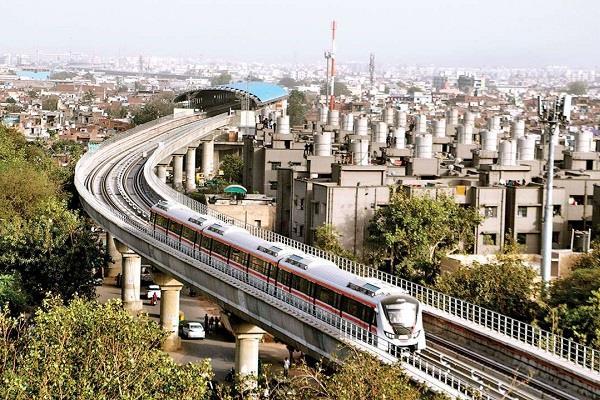
Since the Metro’s announcement in 2009, Chennai has witnessed steady real estate price increases, especially along the Metro corridor. Prices near the Metro station have already reached Rs. 7000–16000/sq.ft. and are expected to increase further about 15% now that the Metro is operational. Residential rentals will rise as more of the population moves closer to the Metro to benefit from the faster and cheaper transport. If feeder services are strengthened, this impact will amplify out to a radius of 4-5 km from the Metro stations.
Likewise, home buyers are also attracted by the reduced commuting time to work, and this will lead to a significant rise in sales and increased capital values near the Metro stations. The return on investment is considerable, given that home buyers are willing to pay a premium for residential units situated close to public transit systems like the Metro.
While Metro rail implementation has a huge impact on real estate prices along its corridor and the influence zone, in the larger context it improves the standard of living of a large segment of urban population, and is also a catalyst for sustainable development across large urban areas.
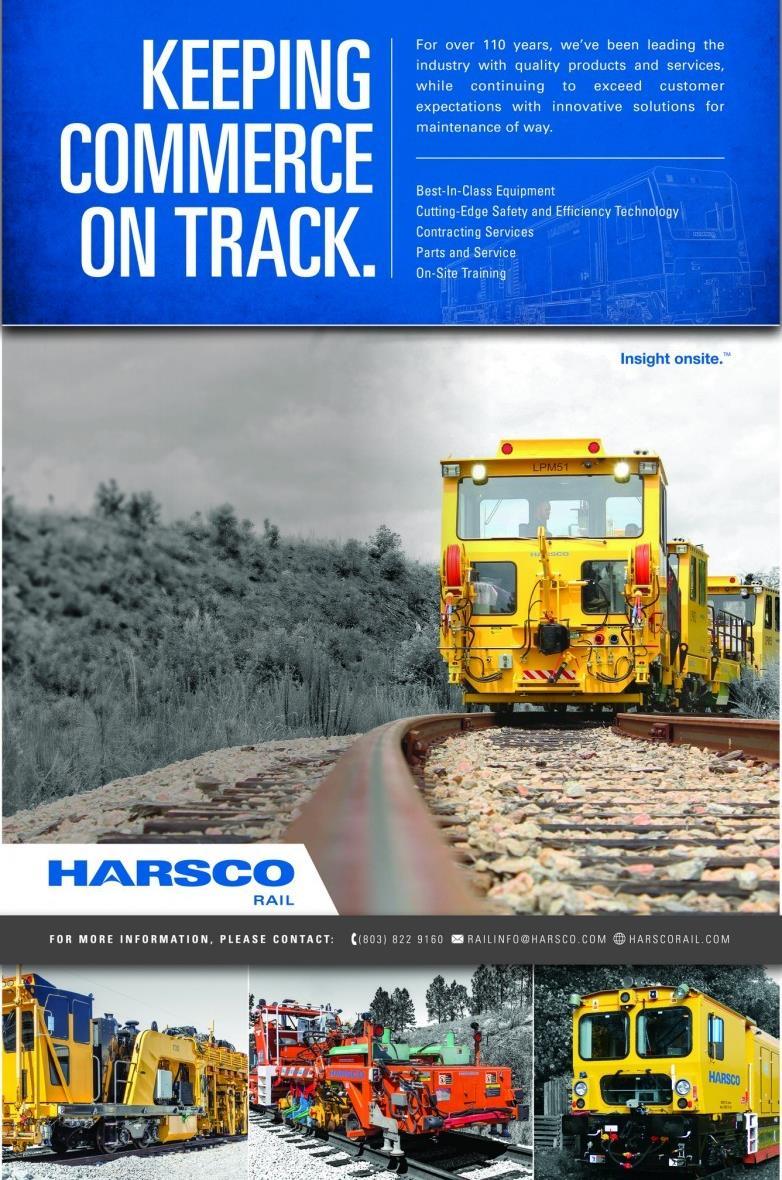
Modes of Rail-based Transit Systems
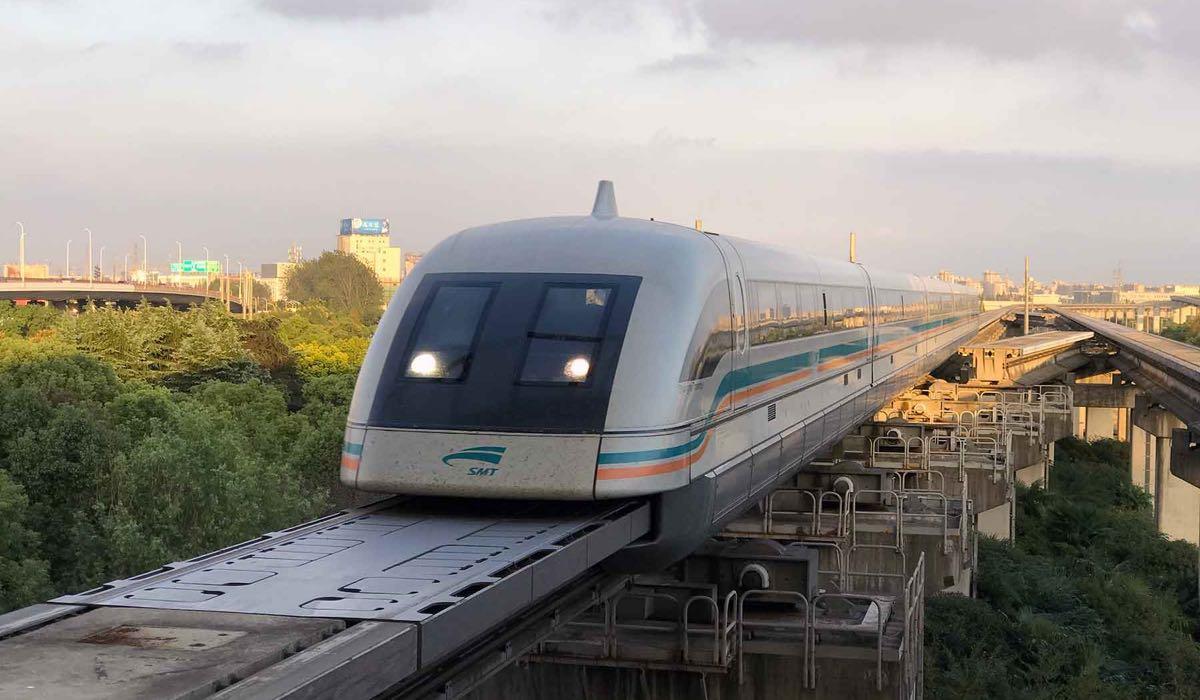
Rail-based urban transit systems (RTS) include metro rail, light rail, monorail and highspeed rail systems, as well as regional rail transit systems (RRTS). These systems not only move large volumes of people, but are also a greener, reliable and energy efficient option. Here we are discussing various modes of rail-based urban transit systems being used in the world.
Mass Rapid Transit System/Metro Rail
According to The International Association of Public Transport (or UITP), metro systems as urban passenger transport systems, operated on their own right of way and segregated from general road and pedestrian traffic. The dividing line between metro and other modes of public transport, such as light rail and commuter rail, is not always clear, and while UITP only makes distinctions between “metros” and “light rail”, the U.S.’s APTA and FTA distinguish all three modes. A common way to distinguish metro from light rail is by their separation from other traffic. While light rail systems may share roads or have level crossings, a metro system runs, almost always, on a grade-separated exclusive right-of-way, with no access for pedestrians and other traffic. And in contrast to commuter rail or light rail, metro systems are primarily used for transport within a city, and have higher service frequencies and substantially higher passenger volume capacities. Furthermore, most metro systems do not share tracks with freight trains or inter-city rail services. It is however not relevant whether the system runs on steel wheels or rubber tyres, or if the power supply is from a third rail or overhead line.
Commuter Rail

Commuter rail, also called suburban rail, is a passenger rail
transport service between a city center, and outer suburbs and commuter towns or other locations that draw large numbers of commuters—people who travel on a daily basis. Trains operate following a schedule, at speeds varying from 50 to 200 km/h (30 to 125 mph). Distance charges or zone pricing may be used.
The development of commuter rail services has become popular today, with the increased public awareness of congestion, dependence on fossil fuels, and other environmental issues, as well as the rising costs of owning, operating and parking automobiles.
High Speed Rail
High-speed rail (HSR) is a type of passenger rail transport that operates significantly faster than the normal speed of rail traffic. Specific definitions by the European Union include 200 km/h for upgraded track and 250 km/h or faster for new track.
In Japan, Shinkansen lines run at speeds in excess of 260 km/h and are built using standard gauge track with no atgrade crossings. In China, high-speed conventional rail lines operate at top speeds of 350 km/h. The world record for conventional high-speed rail is held by the V150, a specially configured version of Alstom’s TGV which clocked 574.8 km/h on a test run.
UIC (International Union of Railways) and EC Directive 96/58 define high-speed rail as systems of rolling stock and infrastructure which regularly operate at or above 250 km/h on new tracks, or 200 km/h on existing tracks.

Light Rail
Light rail or light rail transit (LRT) is a form of urban rail public transportation that generally has a lower capacity and lower speed than heavy rail and metro systems, but higher capacity and higher speed than traditional streetrunning tram systems. The term is typically used to refer to rail systems with rapid transit-style features that usually use electric rail cars operating mostly in private rights-of-way separated from other traffic but sometimes, if necessary, mixed with other traffic in city streets. If this is the case, then under the law of many countries such systems are then legally tramways, although the vehicles which run on them are sometimes designated “supertrams” .
Modern light rail technology is flexible and adaptable, and whether any given system is considered a true rapid transit system or not depends on its characteristics.
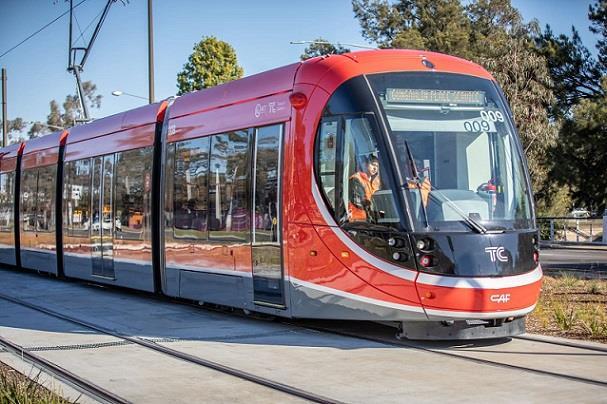
Metro Neo
A rubber-tyred metro is a form of rapid transit system that uses a mix of road and rail technology. The vehicles have wheels with rubber tires which run on rolling pads inside guide bars for traction, as well as traditional railway steel wheels with deep flanges on steel tracks for guidance through conventional switches as well as guidance in case a tyre fails.
Most rubber-tired trains are purpose-built and designed for the system on which they operate. Guided buses are sometimes referred to as ‘trams on tires’, and compared to rubber-tired metros.

Personal Rapid Transit (PRT)
Personal Rapid Transit, also called personal automated
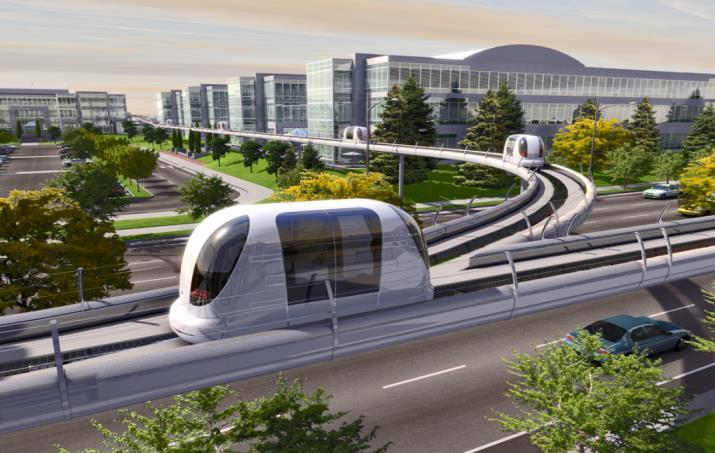
transport (PAT) or podcar, is a public transportation mode featuring small automated vehicles operating on a network of specially-built guide ways. PRT is a type of automated guideway transit (AGT), which also includes systems with larger vehicles, all the way to small subway systems.
In PRT designs, vehicles are sized for individual or small group travel, typically carrying no more than 3-6 passengers per vehicle. Guide ways are arranged in a network topology, with all stations located on sidings, and with frequent merge/diverge points. This approach allows for nonstop, point-to-point travel, bypassing all intermediate stations. The point-to-point service has been compared to a taxi and a horizontal lift.
Monorail
A monorail is a rail-based transportation system based on a single rail, which acts as its sole support and its guideway. The term is also used variously to describe the beam of the system, or the vehicles traveling on such a beam or track. The term originates from the contraction of the words mono (one) and rail, from as early as 1897 as early systems used metal rails. The transportation system is often referred to as a railway. Colloquially, the term “monorail” is often used erroneously to describe any form of elevated rail or peoplemover. In fact, the term solely refers to the style of track, not its elevation. Monorail vehicles are often at first glance similar to other light rail vehicles, and can be both manned and unmanned. Monorail vehicles can also be found in singular rigid format, articulated single units, or as multiple units coupled into ‘trains’. In common with other advanced rapid transit systems, some monorails are driven by linear induction motor. In common with many dual rail systems, the vehicle bodies are connected to the beam via bogies, allowing curves to be negotiated.

People Mover
A people mover or automated people mover (APM) is a fully automated, grade-separated mass transit system.
The term is generally used only to describe systems serving relatively small areas such as airports, downtown districts or theme parks, but is sometimes applied to considerably more complex automated systems. he term was originally applied to two different systems, developed roughly at the same time.

Maglev
Maglev (derived from magnetic levitation), is a system of transportation that suspends, guides and propels vehicles, predominantly trains, using magnetic levitation from a very large number of magnets for lift and propulsion. This method has the potential to be faster, quieter and smoother than wheeled mass transit systems. The power needed for levitation is usually not a particularly large percentage of the overall consumption; most of the power used is needed to overcome air drag, as with any other high speed train.
The highest recorded speed of a Maglev train is 581 kilometres per hour, achieved in Japan in 2003, 6 kilometres per hour faster than the conventional TGV speed record.
In the next issue of Metro Rail Today, we will talk about types of Rolling Stock being used in Metro Rail sector.










